About Beamex blog
The Beamex blog provides insightful information for calibration professionals, technical engineers, as well as potential and existing Beamex users. Read the disclaimer.
Author

Ned Espy, Technical Director, has been promoting calibration management with Beamex for over 20 years. Ned has helped develop best practices for calibration, with a focus on pressure, temperature and multivariable instruments. He is a consistent editorial contributor to leading industry publications, and has received significant recognition within the automation industry. Today, Ned teaches calibration best practices and provides technical support to end users and the Beamex sales team in North America.
The Beamex blog provides insightful information for calibration professionals, technical engineers, as well as potential and existing Beamex users. Read the disclaimer.
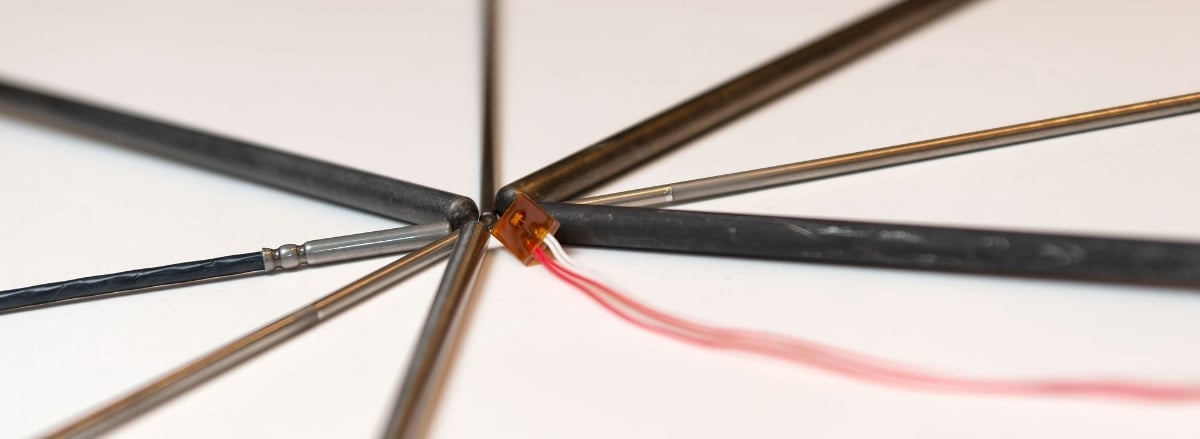
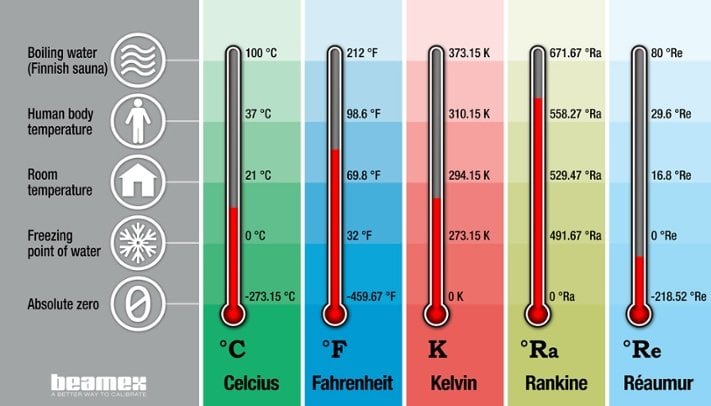

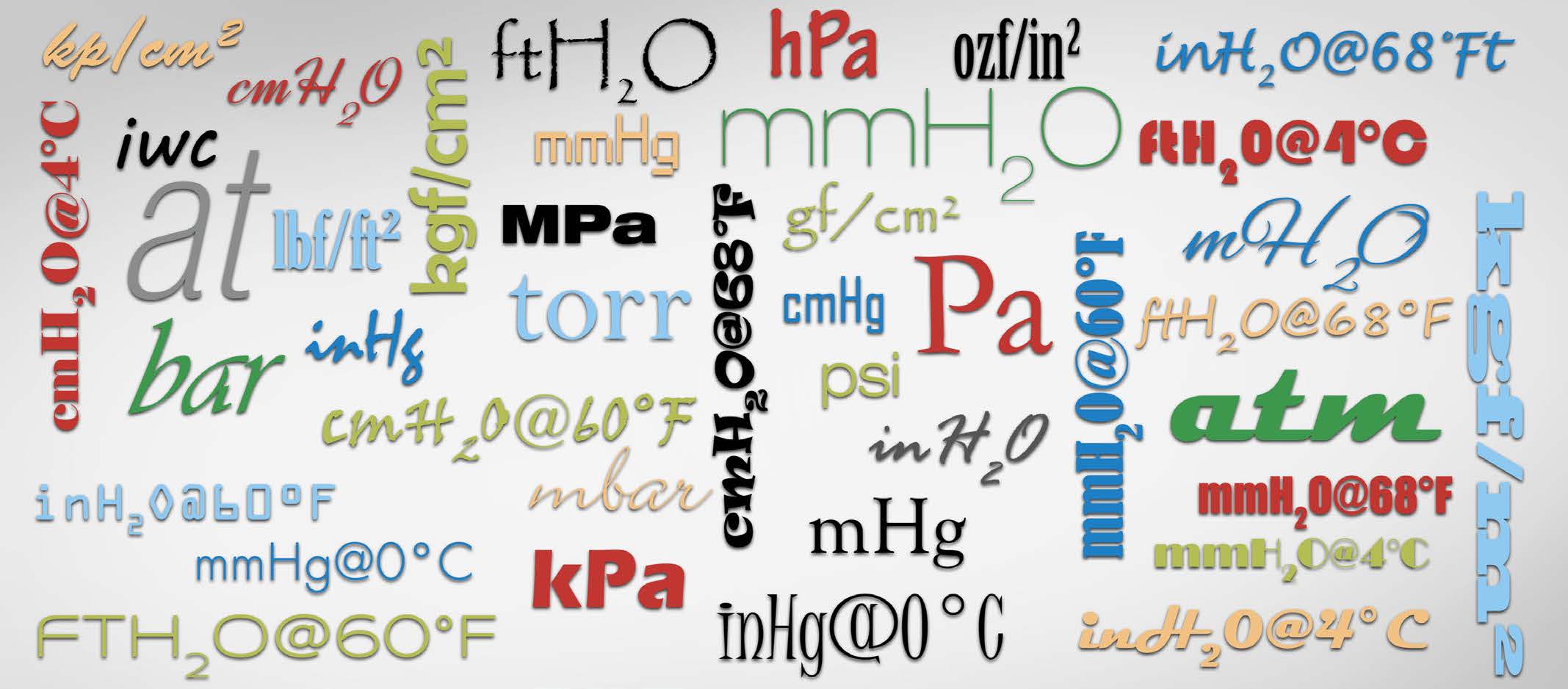
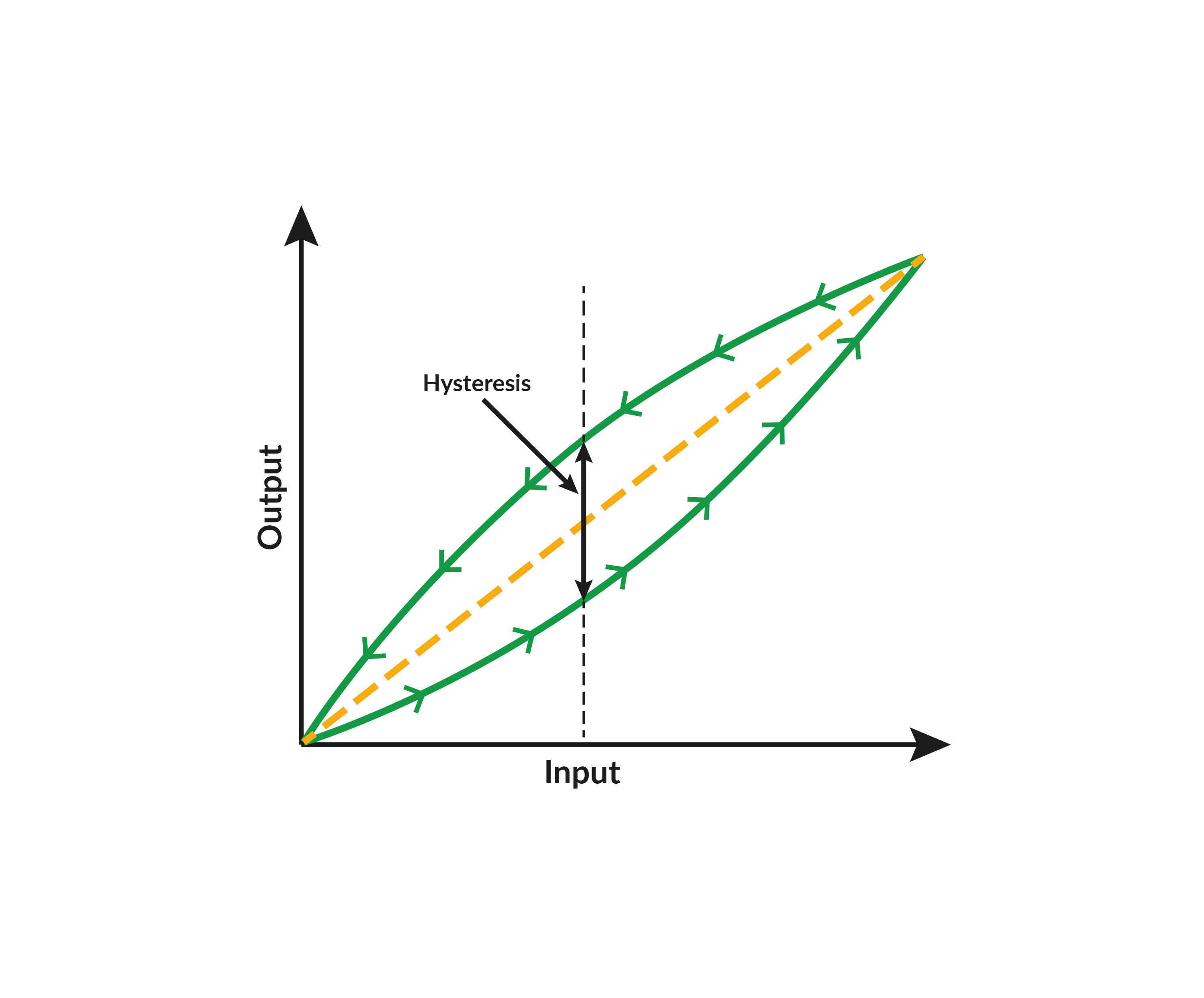
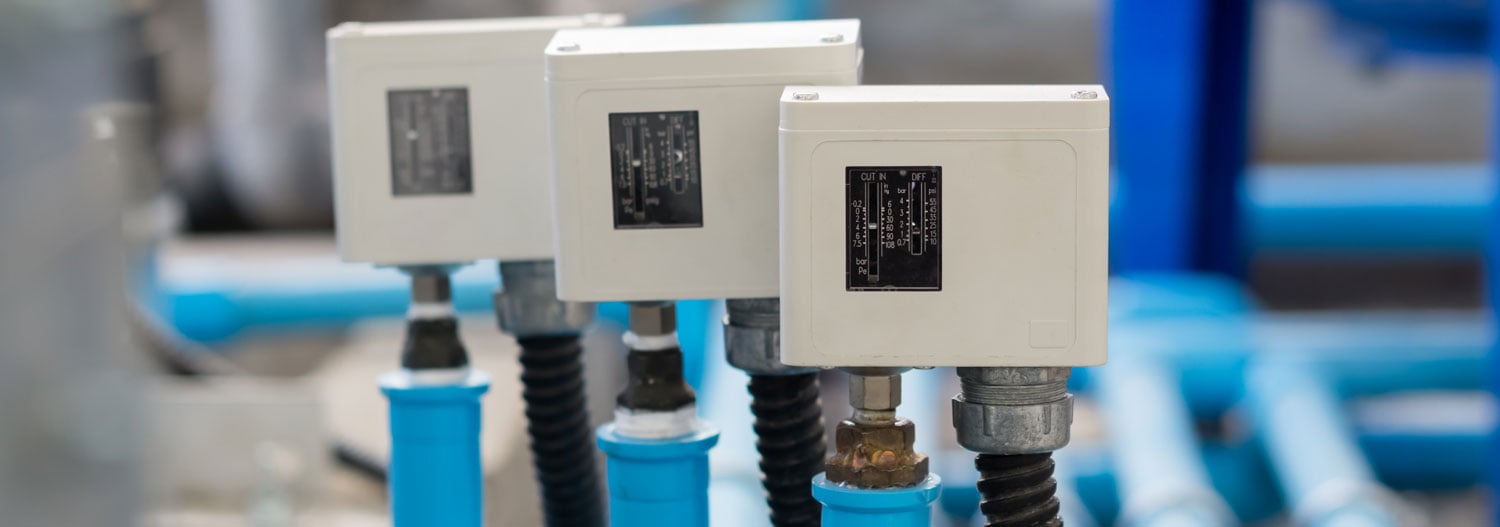
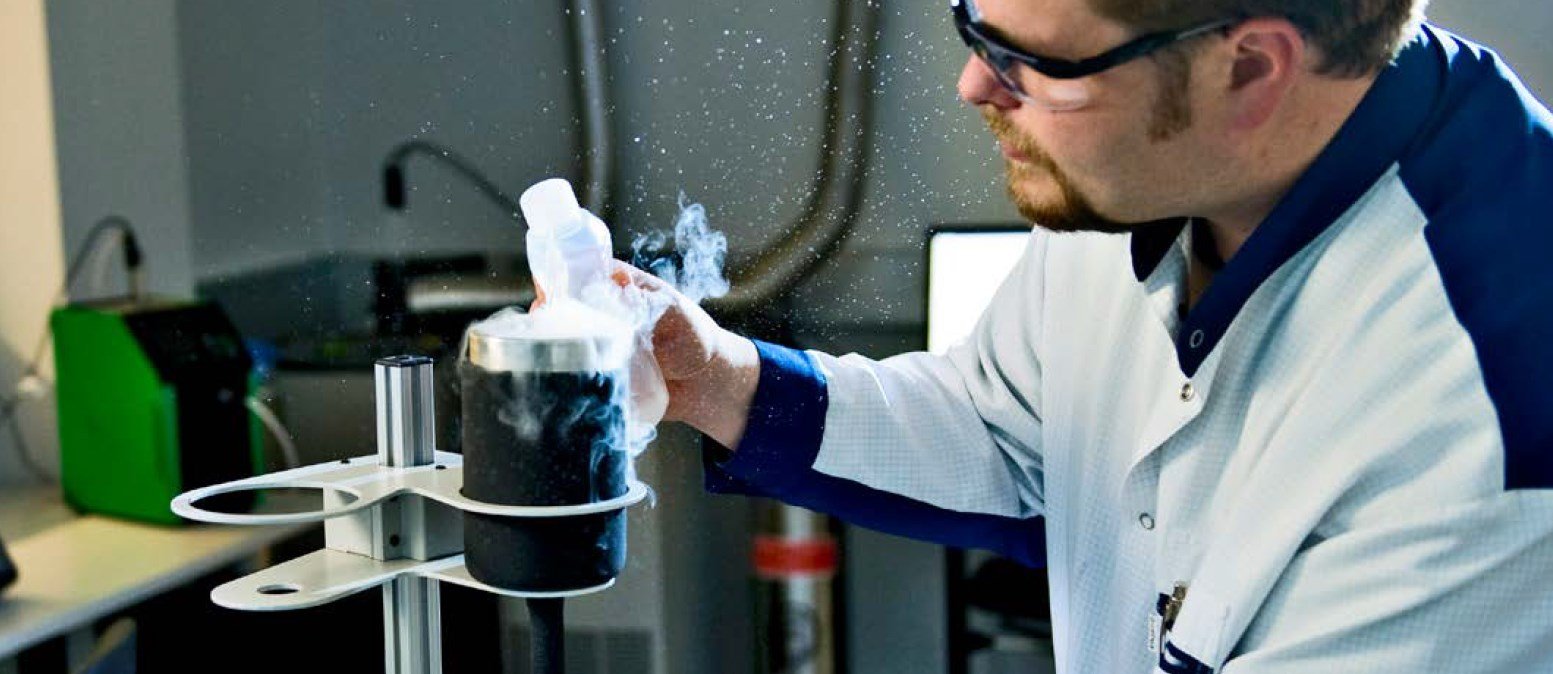
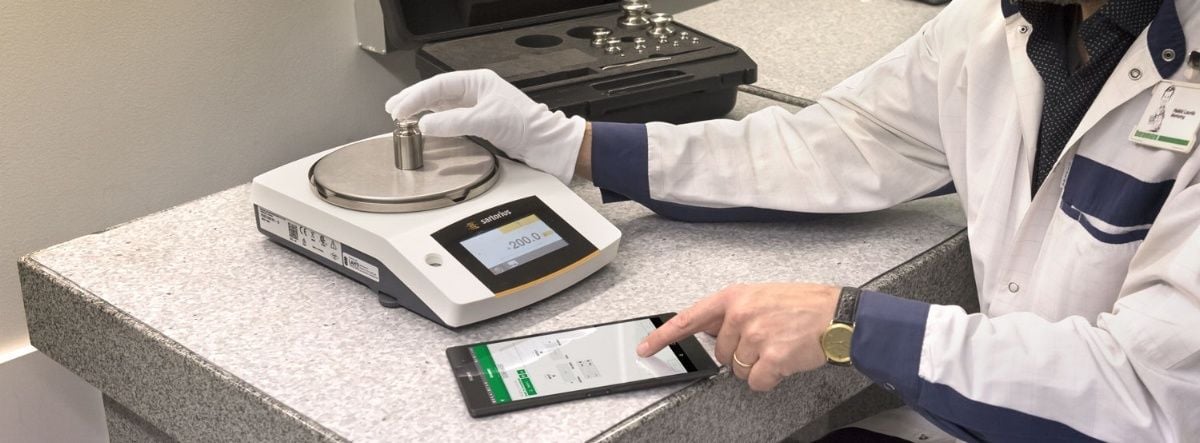
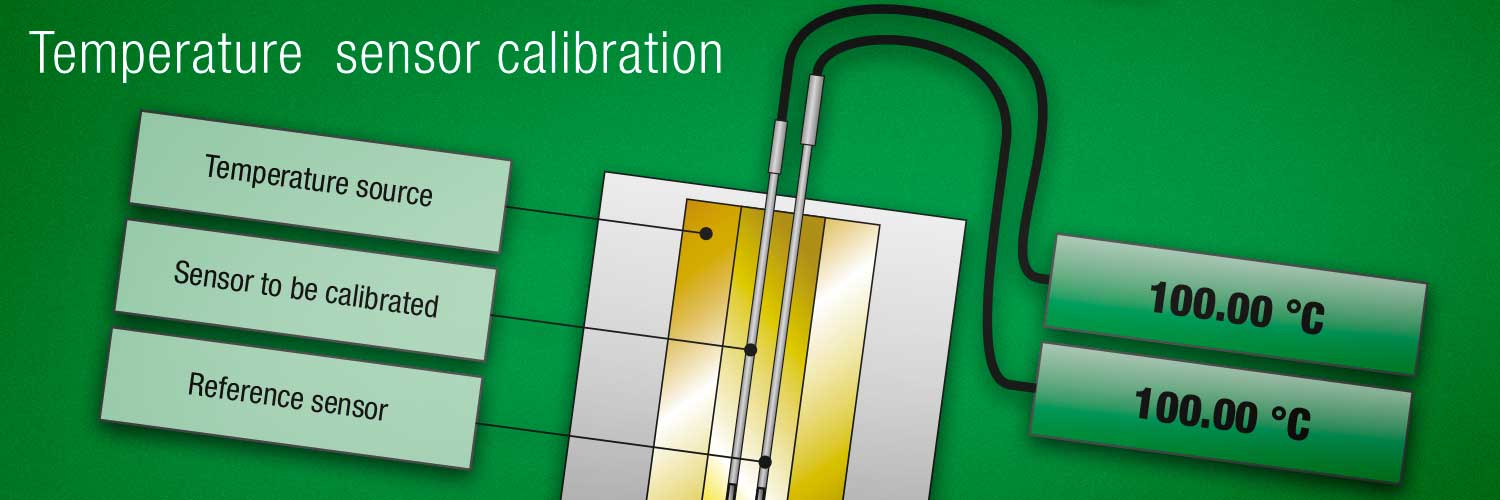

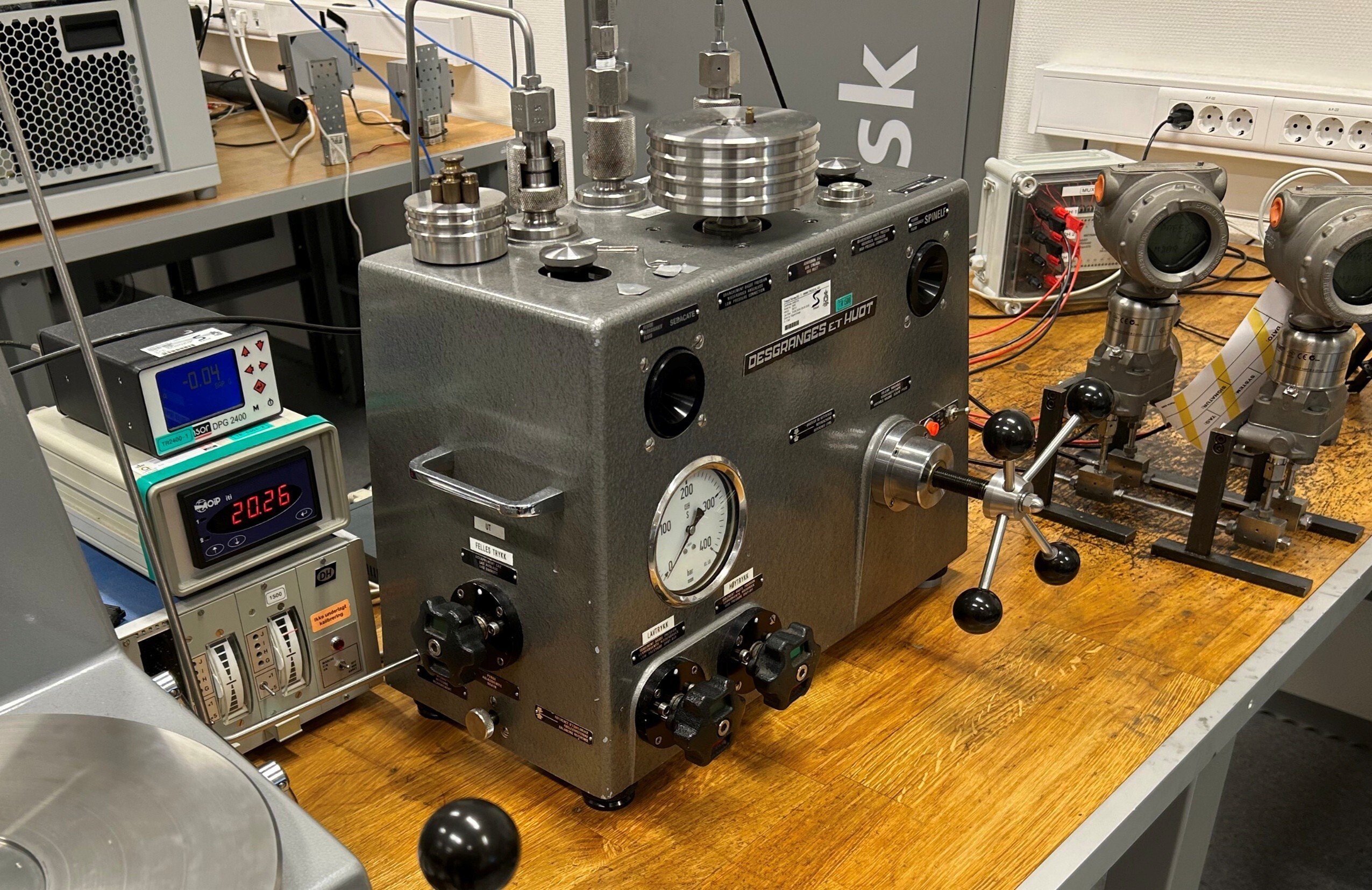
.jpg)
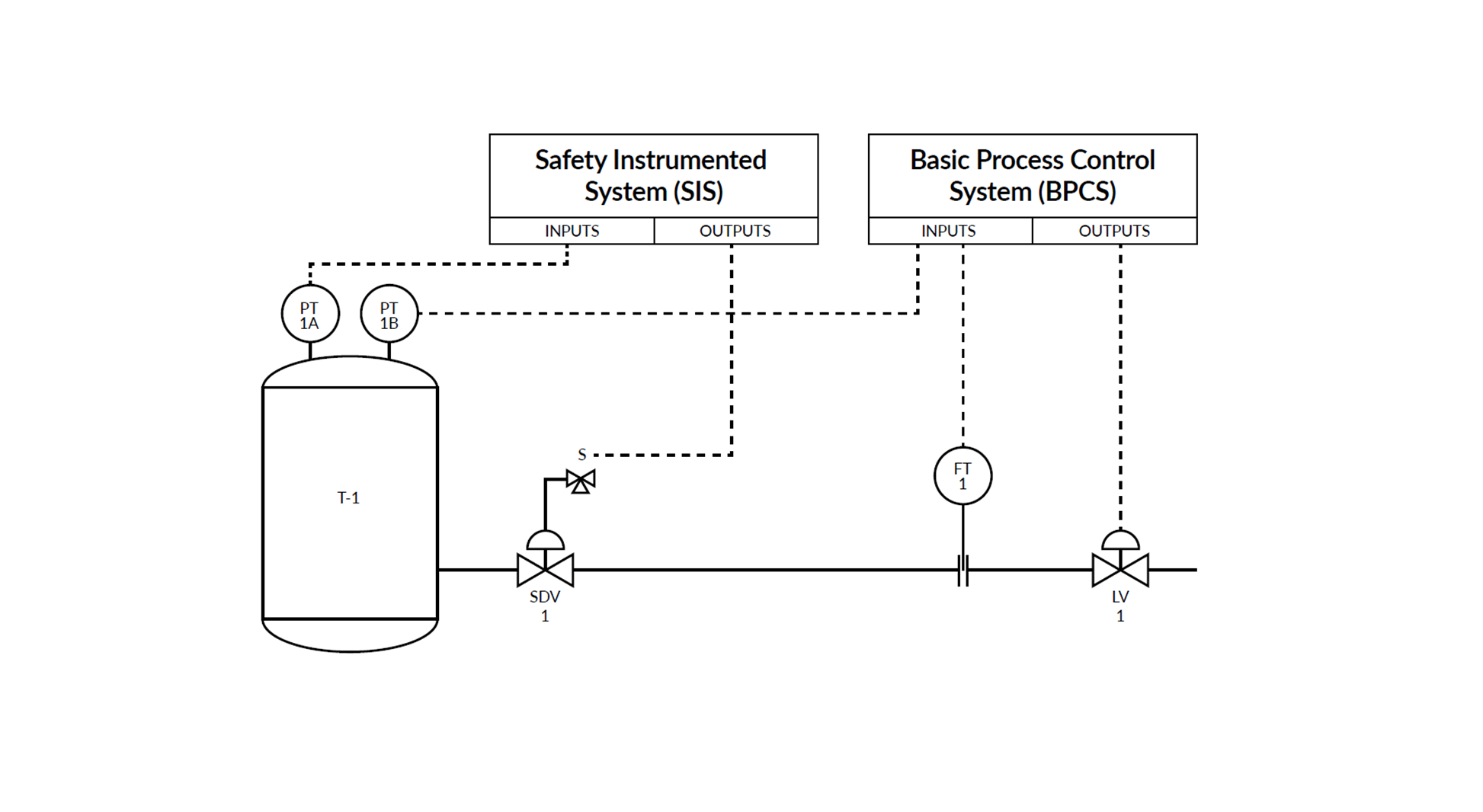
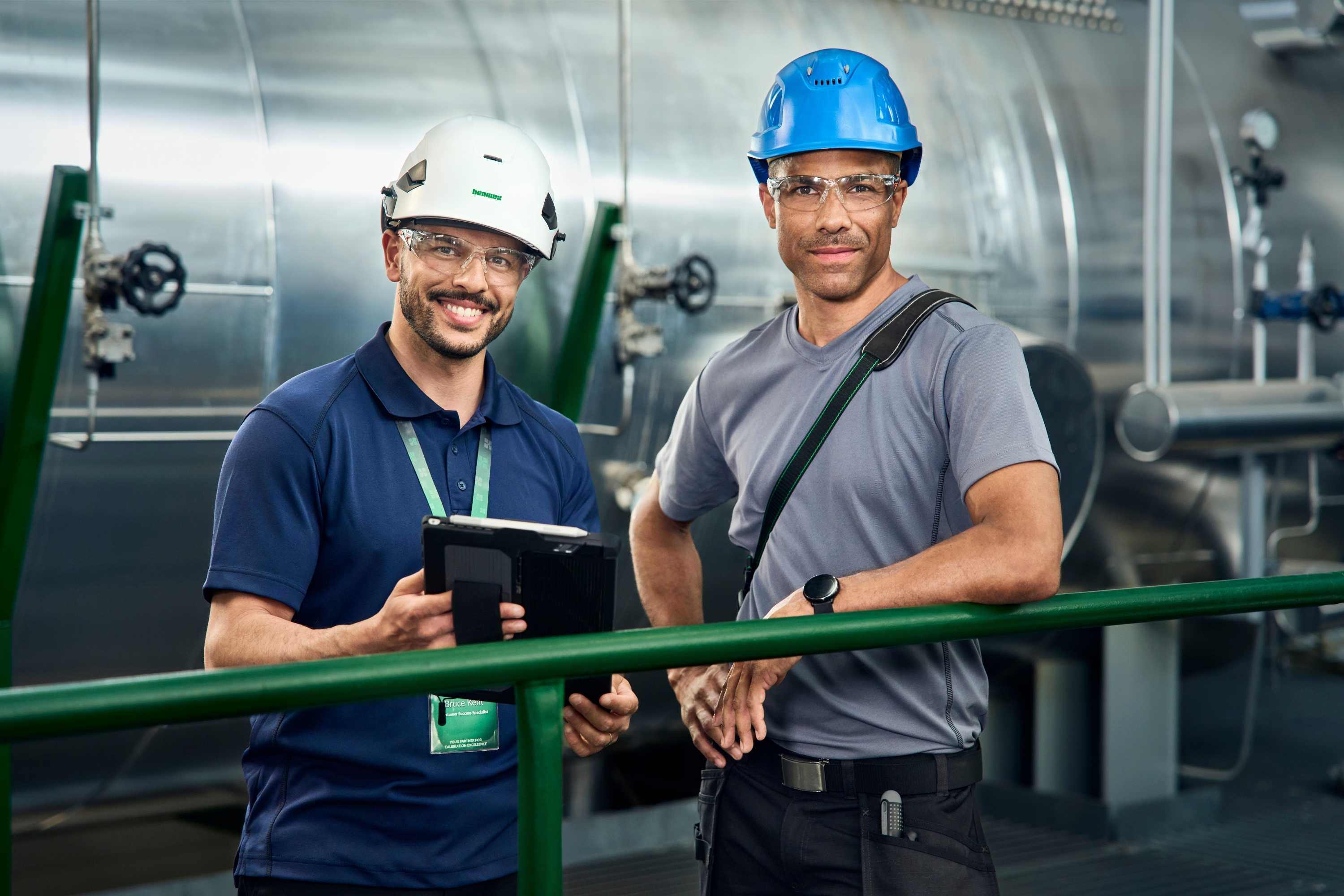
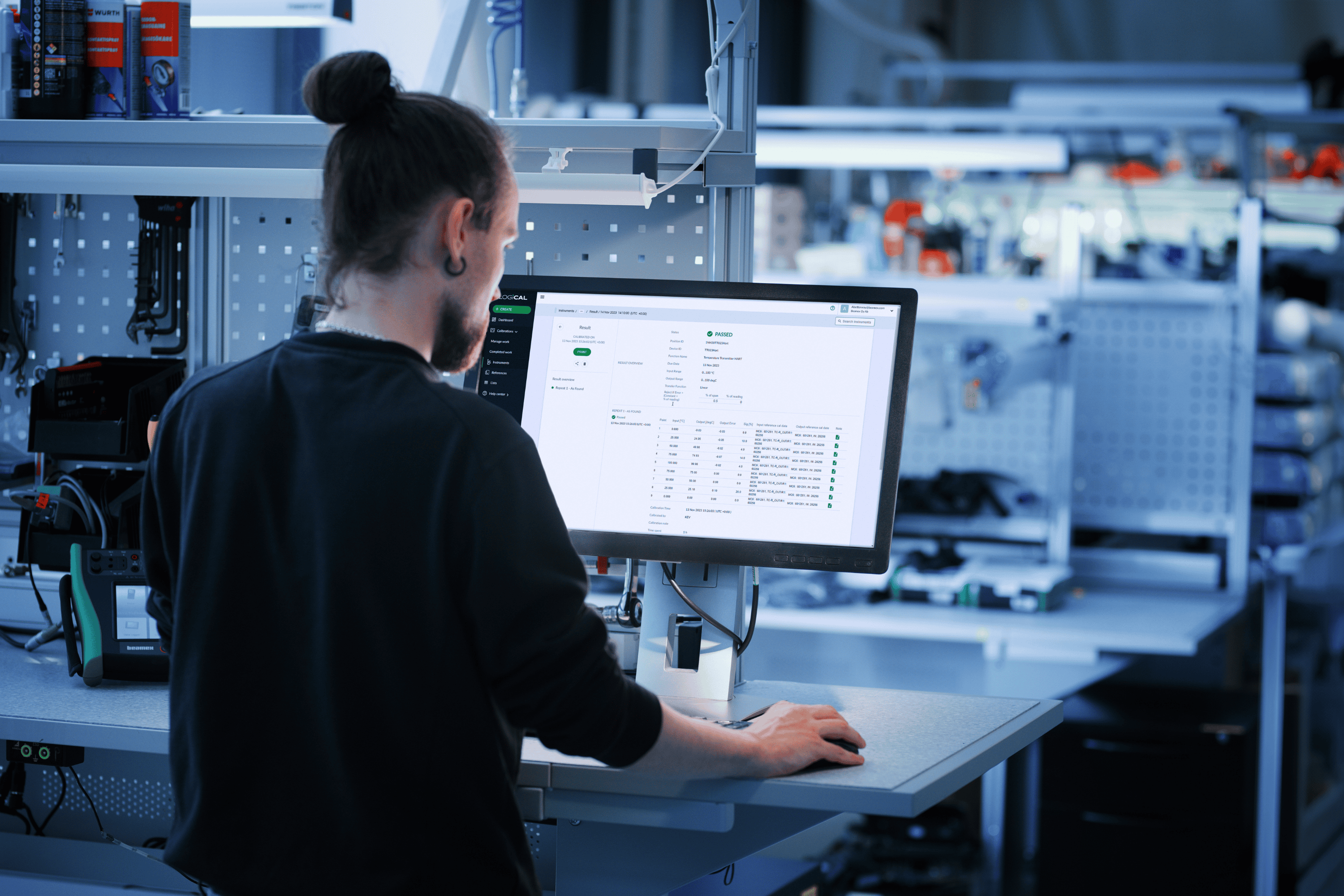
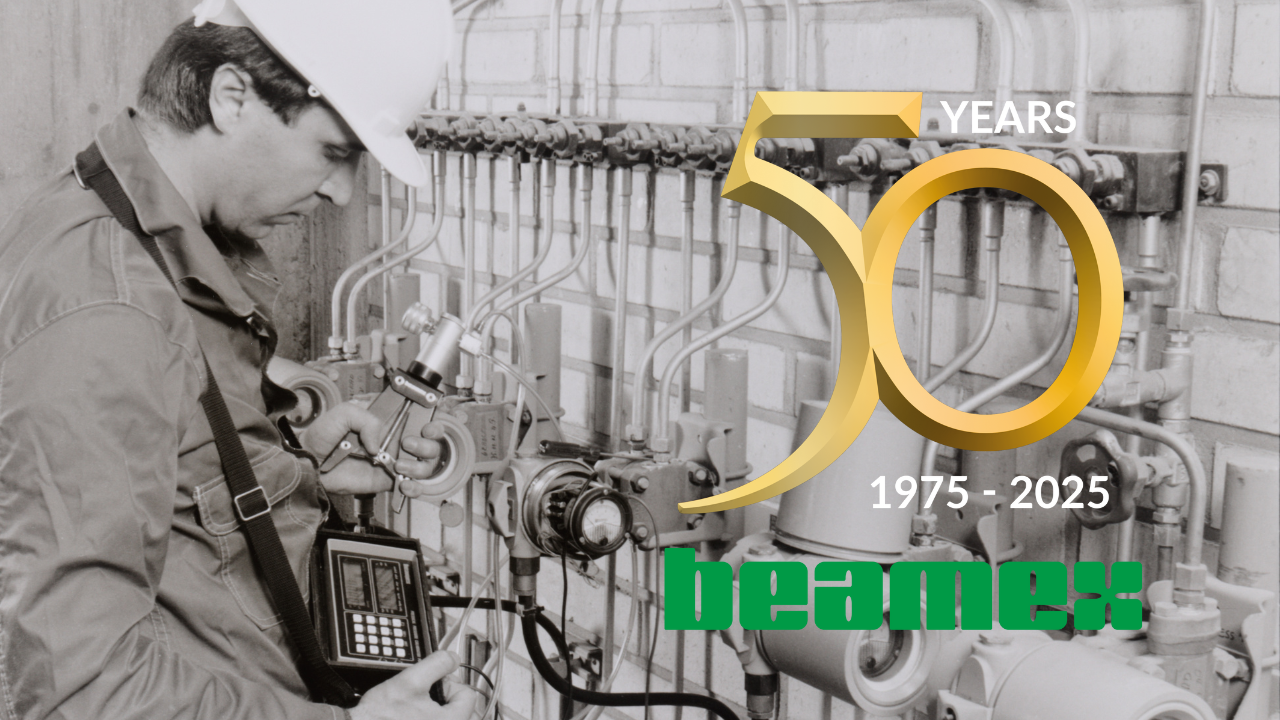
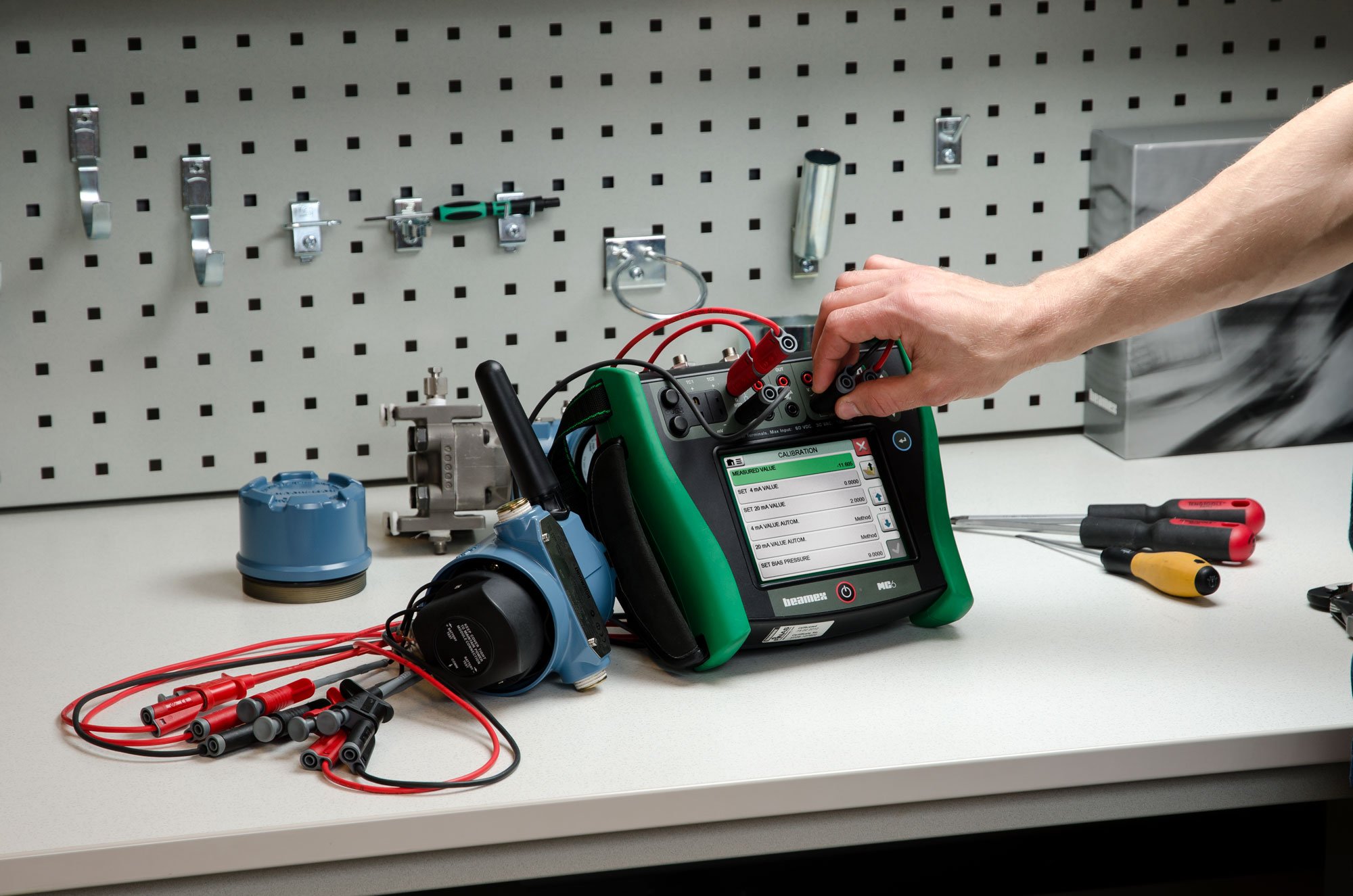

.png)
.png)